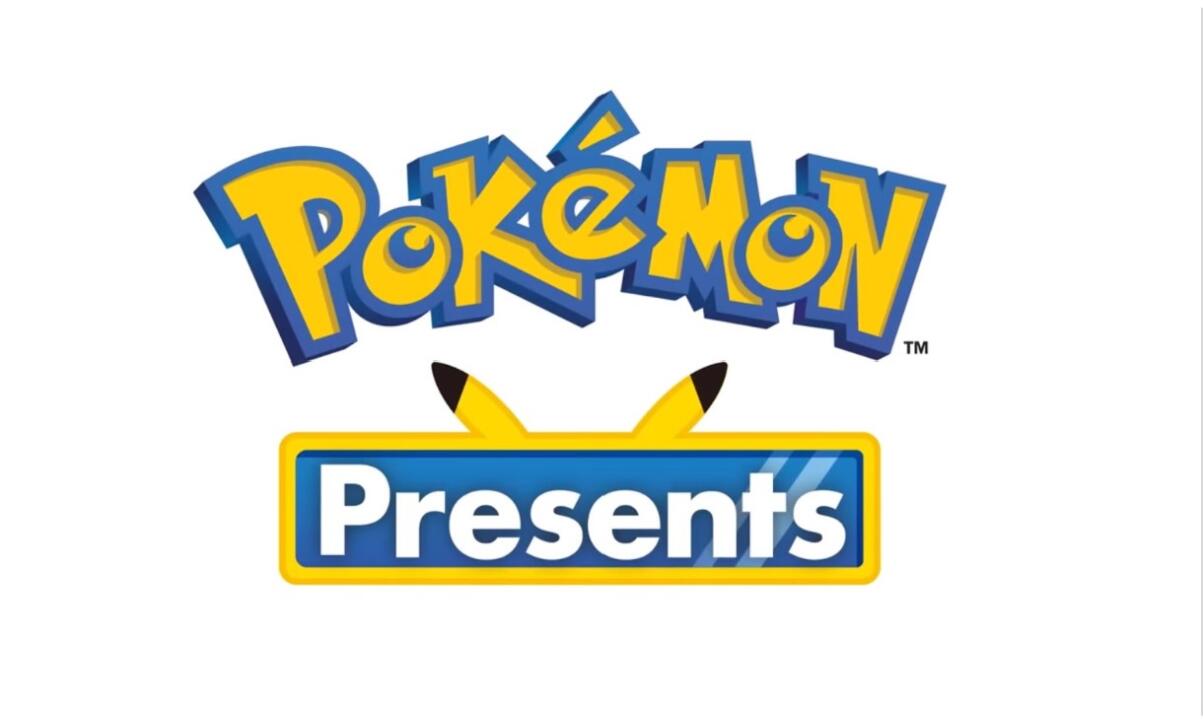According to the Bureau of Labor Statistics, digital design positions are going to increase by about twenty percent in the next ten years, opening up the job market for new graphic designers and illustrators to showcase their work online. Print design jobs, however, are expected to decline by 22 percent over the next ten years. The question that remains then, is how to stand out from the crowd when applying to work both digitally and in print.
To answer this question, Commonvision hosted an Artist Alumni Panel and asked five former graduates of UMBC’s graphic design program to speak on their experiences in the job market after college. Each graduate was at a different point in their career and ranged from industry professionals, to freshly graduated and as-of-yet unemployed.
Rebecca Vest, a recent graduate of UMBC, reflected on the influence of the status of a college student. “People are willing to helyou if you reach out,” she says. Vest stressed the importance of networking while in college; the professionals you reach out to are often the ones who will be able to offer you a job or refer you to another contact in the future.
Besides networking, building your personal portfolio while in college is equally important. This portfolio of your best work is often the key to just getting an interview. Regine Daniels, a graphic designer out of Hampden, stated “Nothing is going to speak for you except for what you have to bring [to the table]. Take yourself more seriously.” The transition from the academic world to the workforce is difficult enough, and your presentation – especially in the graphic design industry – matters.
Graphic design is also a constantly changing field. It seems as if every few days, new technology is being developed while “older” forms of technology are retired. Graphic designers need to stay as up-to-date as possible in an ever-changing market. “Don’t ever want to stop learning,” Michael Muccioli, a digital designer at Exit10 in Baltimore, stated. “I’m always looking for new design trends [to stay relevant].”
The panelists talked about drawing inspiration from Dribble.com or Pinterest, and learning new skills from sites like Lynda.com and Skillshare.com. Social media is also very helpful in terms of staying relevant and on top of the current design trends. Daniels advises majors to “put yourself in the middle of it all,” and Vest emphasized the usefulness of going places, like gardens and museums to find inspiration.
Even though these graphic designers are now doing their own work post-graduation, they still find time for personal projects which they say help them hone existing skills as well as work on new ones. Amy Berbert, the multimedia specialist at the Calvert School, is working on a photography project called “Remembering the Stains on the Sidewalk,” where she goes back to the sites of homicides in Baltimore one year later and takes a picture at the exact time the homicide occurred.
Danielle Dernoga, the Assistant Art Director at the Baltimore Magazine, recently had the chance to design the entire Best of Baltimore issue for the magazine, a feat she called “extremely fun.” Additionally, Muccioli has designed the label for a local BBQ sauce company, for which he was paid in a lifetime’s supply of free BBQ sauce.
There is room both inside and outside of the industry for creativity and passion projects, and each project has ultimately taught the panelists something new about their craft and about the element of unpredictability within each graphic design job. No matter what design job you eventually take, it is important to constantly challenge and push yourself to create better design concepts and, to ultimately, have fun with it.

